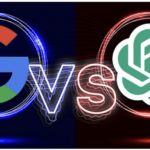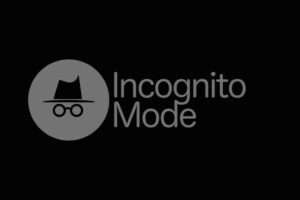While Python and Java remain titans in the programming realm, the ever-evolving tech landscape offers a treasure trove of promising languages eager to make their mark. Each brings unique strengths and targets specific niches, expanding the possibilities for developers to tackle diverse challenges and explore new frontiers. Let’s dive into some of the most compelling emerging languages worth keeping an eye on:
1. Rust
Claim to Fame: Memory safety, speed, and reliability.
Ideal For: Systems programming, web development, game engines, embedded systems.
Key Advantages: Prevents memory-related errors, delivers exceptional performance, and is suitable for resource-constrained environments.
2. Kotlin
Claim to Fame: Conciseness, interoperability with Java, and focus on developer productivity.
Ideal For: Android development, server-side applications, web development.
Key Advantages: Simplifies code, leverages Java’s vast ecosystem, and boosts developer satisfaction.
3. Swift
Claim to Fame: Modern syntax, safety features, and seamless integration with Apple’s platforms.
Ideal For: iOS, macOS, iPadOS, tvOS, and watchOS app development.
Key Advantages: Intuitive to learn, promotes code safety, and offers access to Apple’s robust development tools.
4. Go
Claim to Fame: Simplicity, concurrency, and performance.
Ideal For: Cloud infrastructure, microservices, networking tools, and web development.
Key Advantages: Easy to learn, excels at handling multiple tasks simultaneously, and runs efficiently on various platforms.
5. TypeScript
Claim to Fame: Superset of JavaScript, static typing, and enhanced tooling.
Ideal For: Large-scale web applications, enterprise development, and front-end frameworks like React.
Key Advantages: Catches errors early, improves code maintainability, and offers a smoother development experience.
6. Julia
Claim to Fame: High performance, dynamic nature, and scientific computing prowess.
Ideal For: Data science, numerical computing, machine learning, and scientific simulations.
Key Advantages: Rivals C and Fortran in speed, provides a flexible programming environment, and excels at handling large datasets.
7. Dart
Claim to Fame: Cross-platform development, fast performance, and Flutter framework integration.
Ideal For: Mobile app development (Android and iOS), web apps, and desktop apps.
Key Advantages: Creates apps for multiple platforms with a single codebase, delivers smooth user experiences, and streamlines development with Flutter.
Choosing the Right Language
Consider these factors when exploring emerging languages:
- Project goals and requirements: Align the language’s strengths with your specific needs.
- Learning curve: Assess the time and effort needed to master the language.
- Community and ecosystem: Ensure a supportive community and available libraries and tools.
- Industry trends: Stay informed about languages gaining traction in your field.
Staying Ahead of the Curve
Embrace continuous learning and experimentation to unlock the potential of these emerging languages. Whether you’re crafting lightning-fast systems with Rust, building cross-platform apps with Dart, or pushing scientific boundaries with Julia, the future of programming is brimming with innovation and exciting possibilities. Keep your skills sharp and explore new horizons to shape the next wave of software development!
















Add Comment